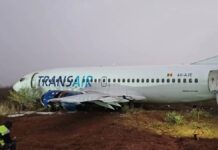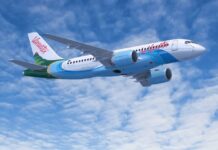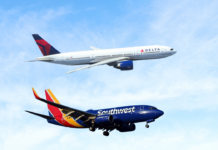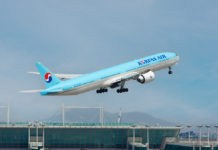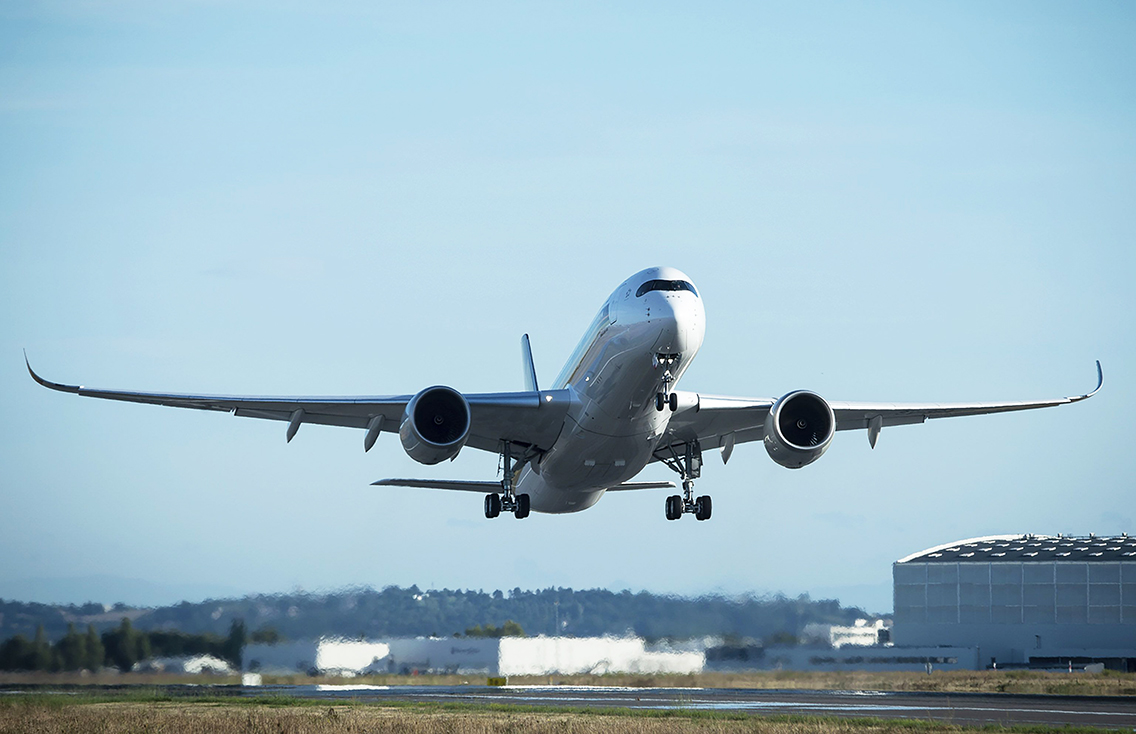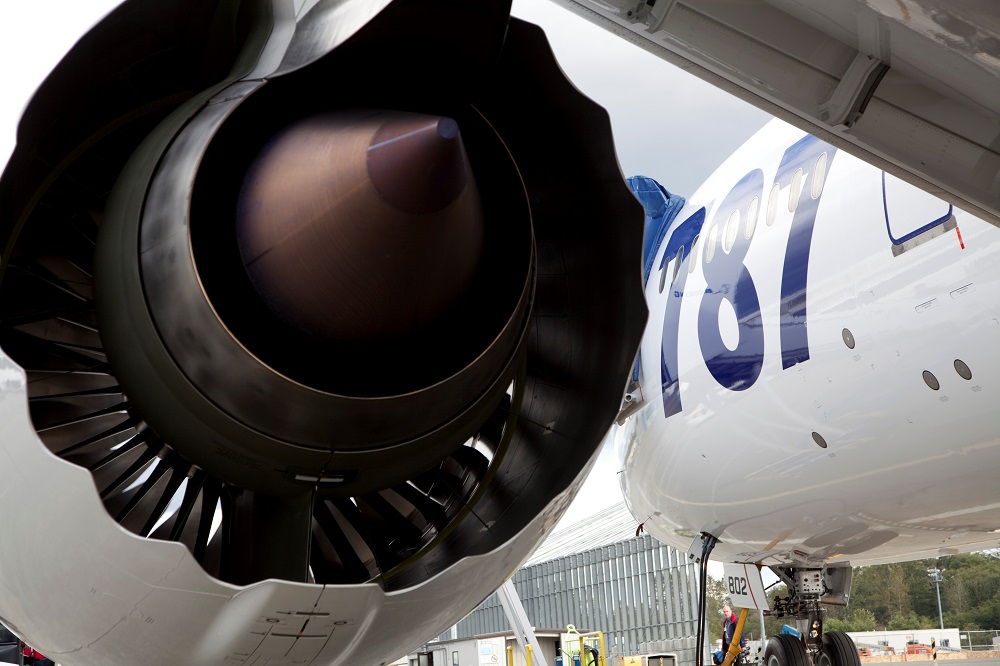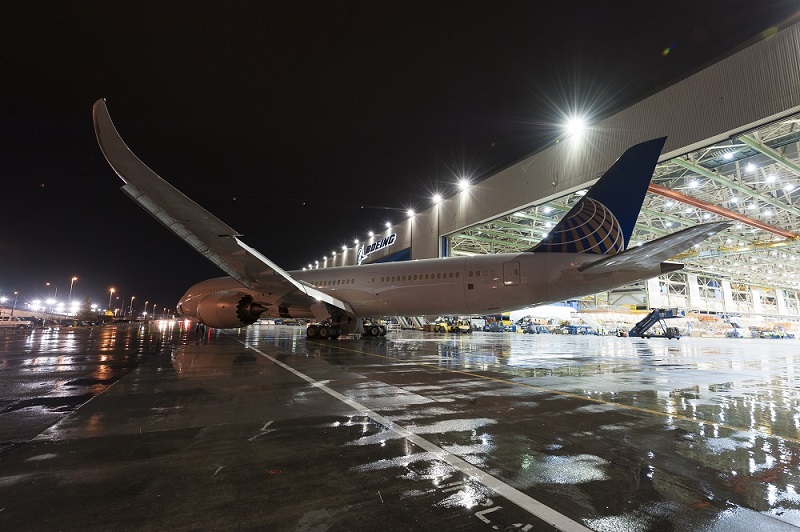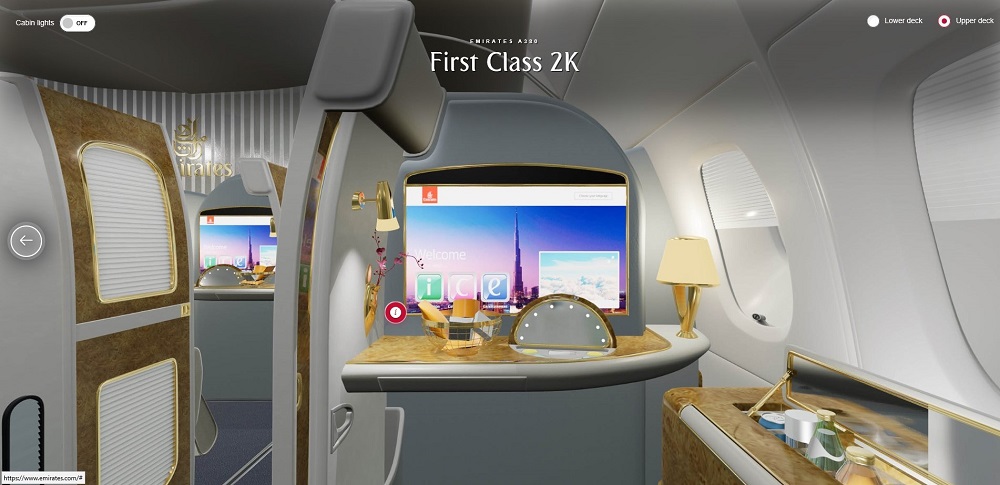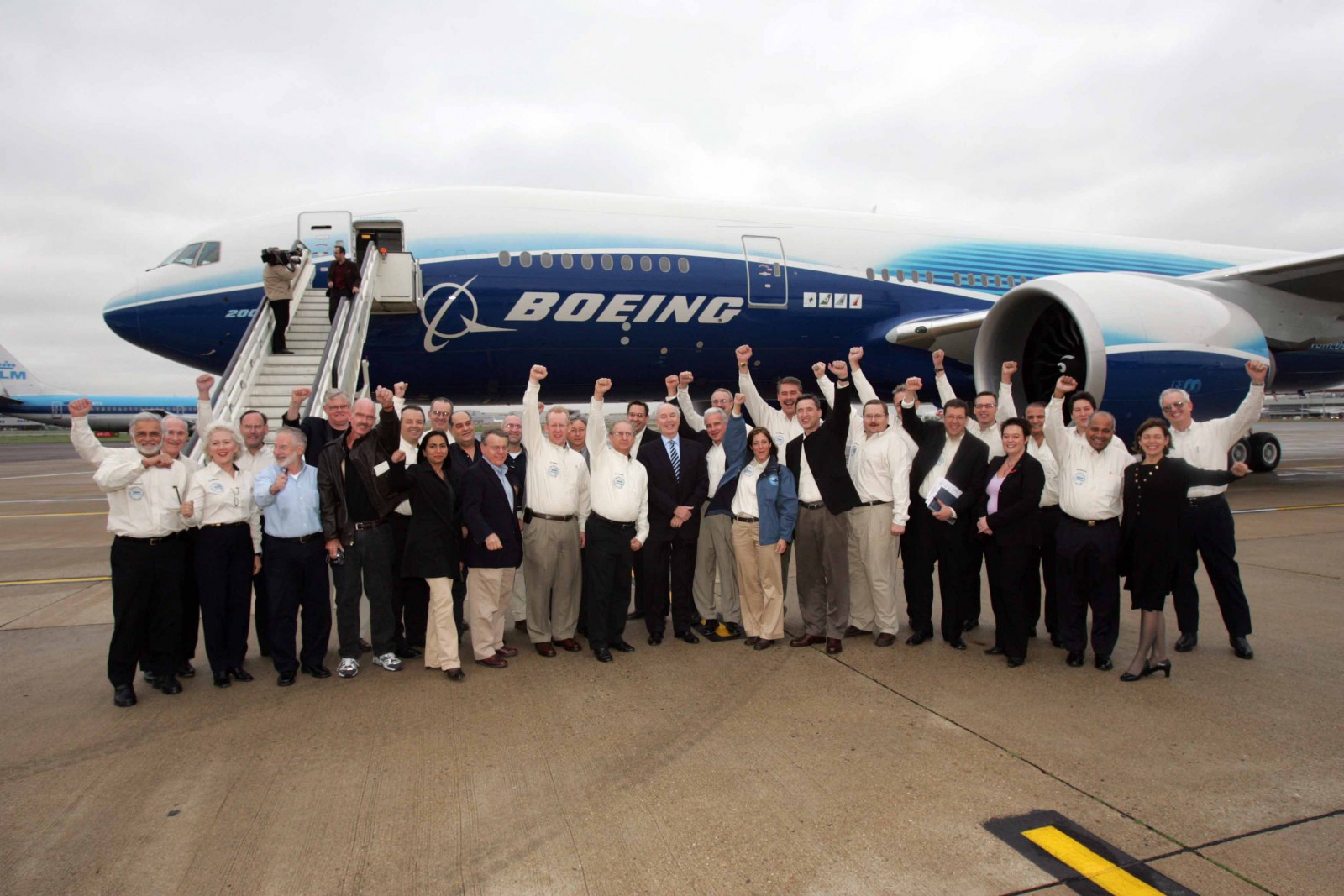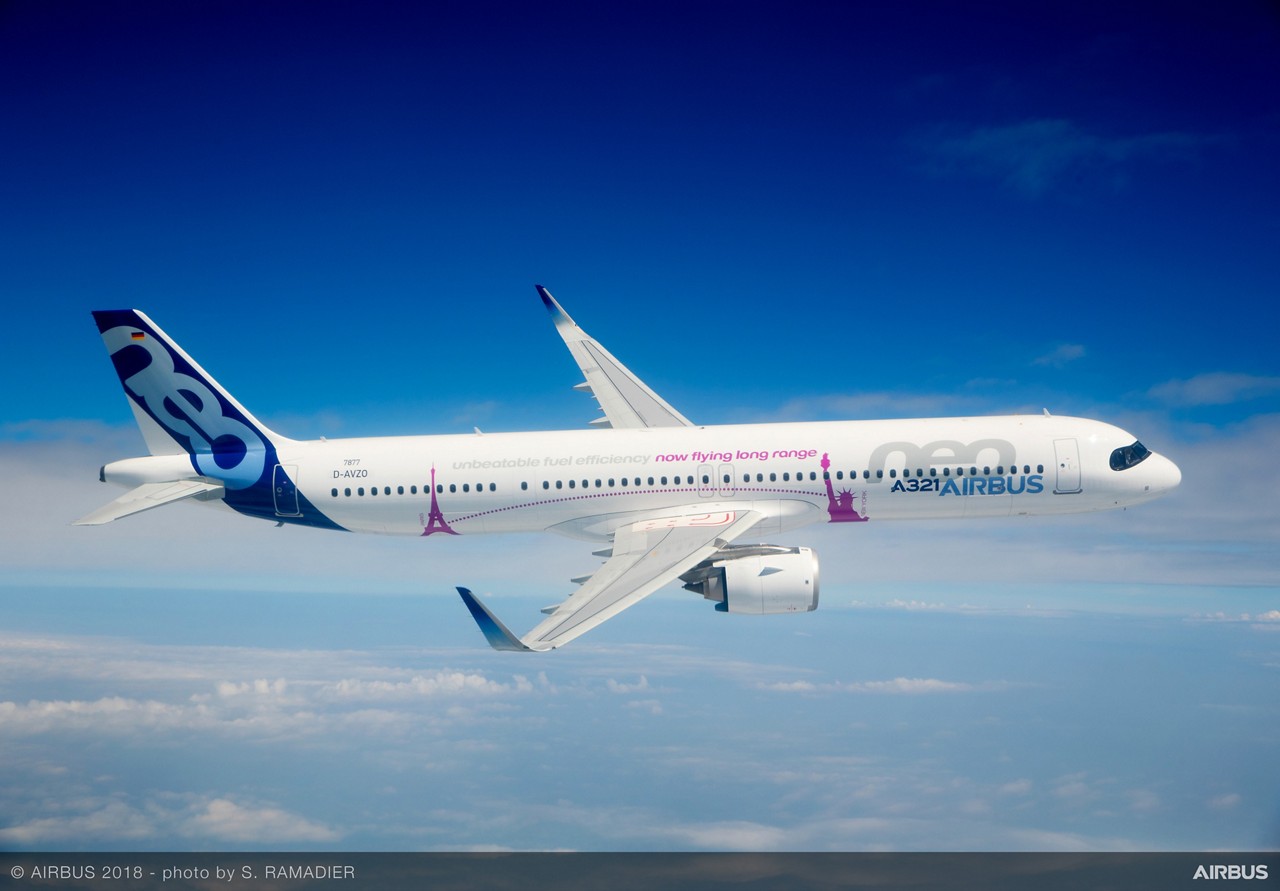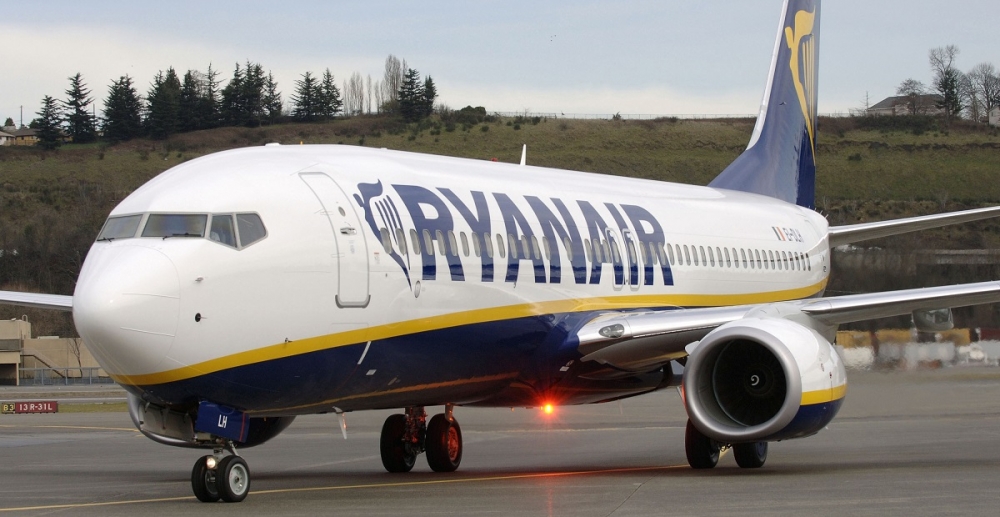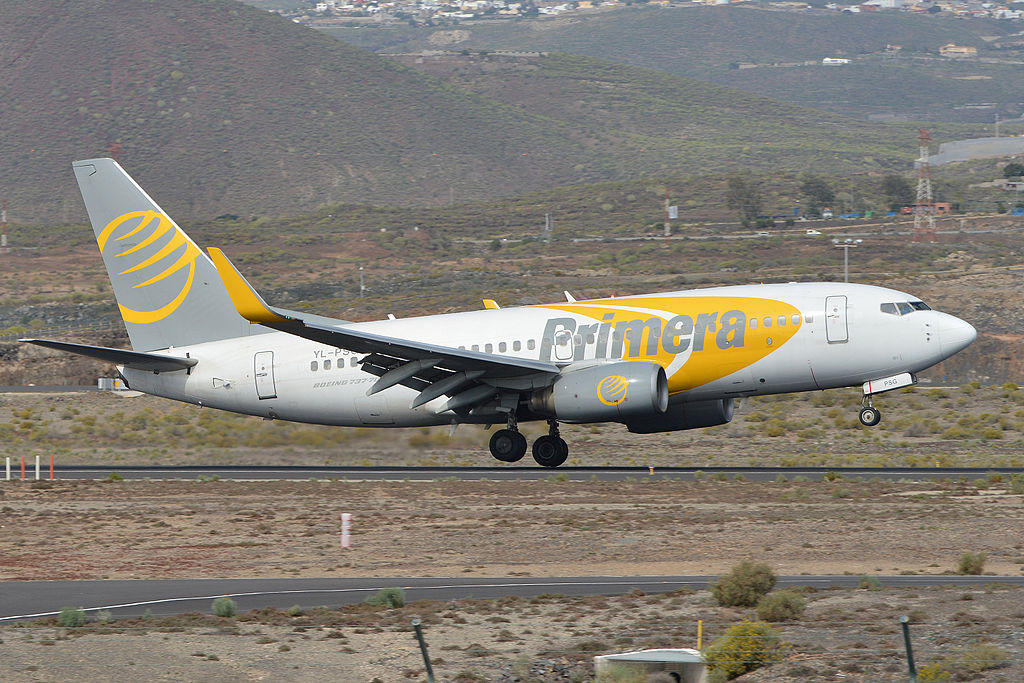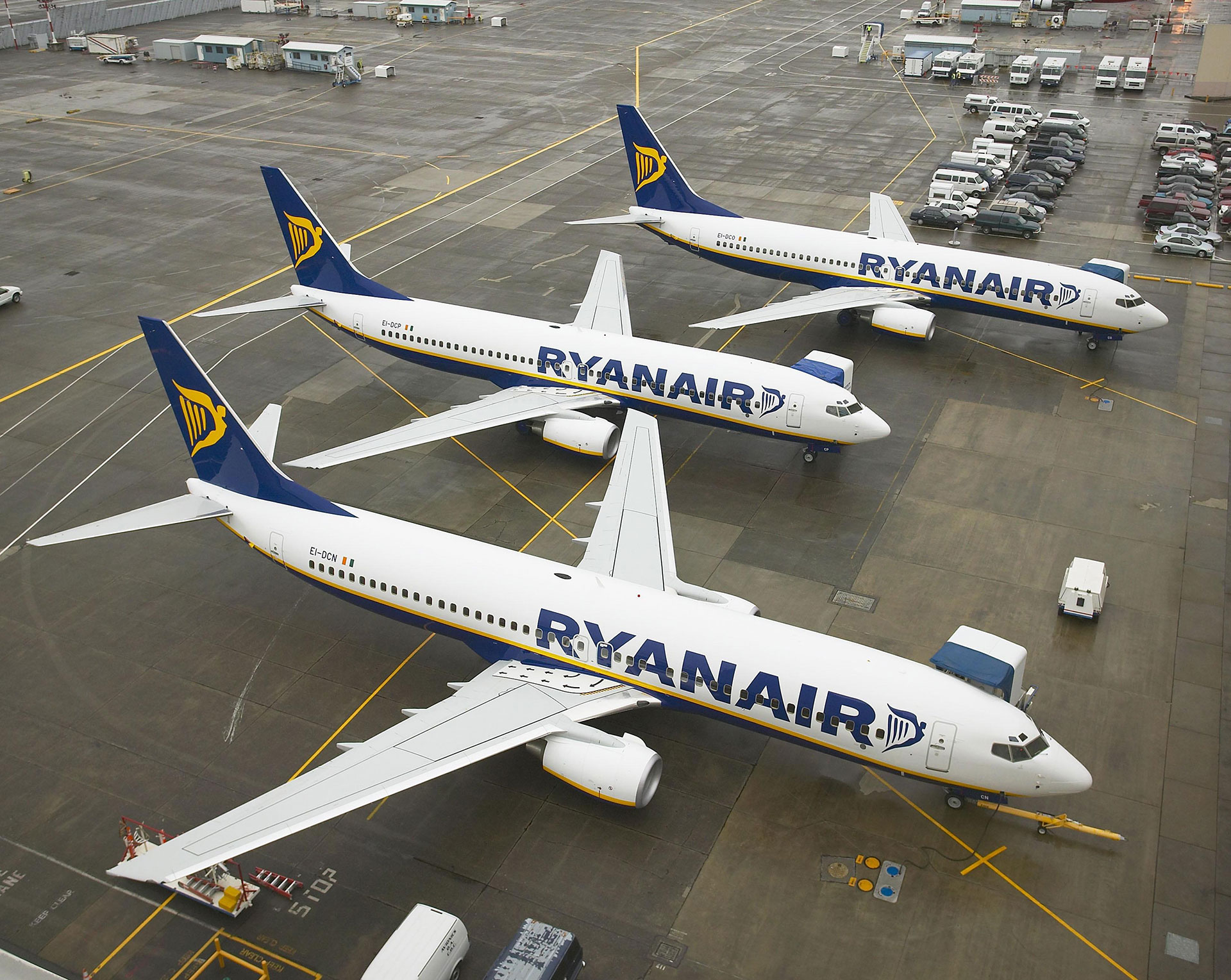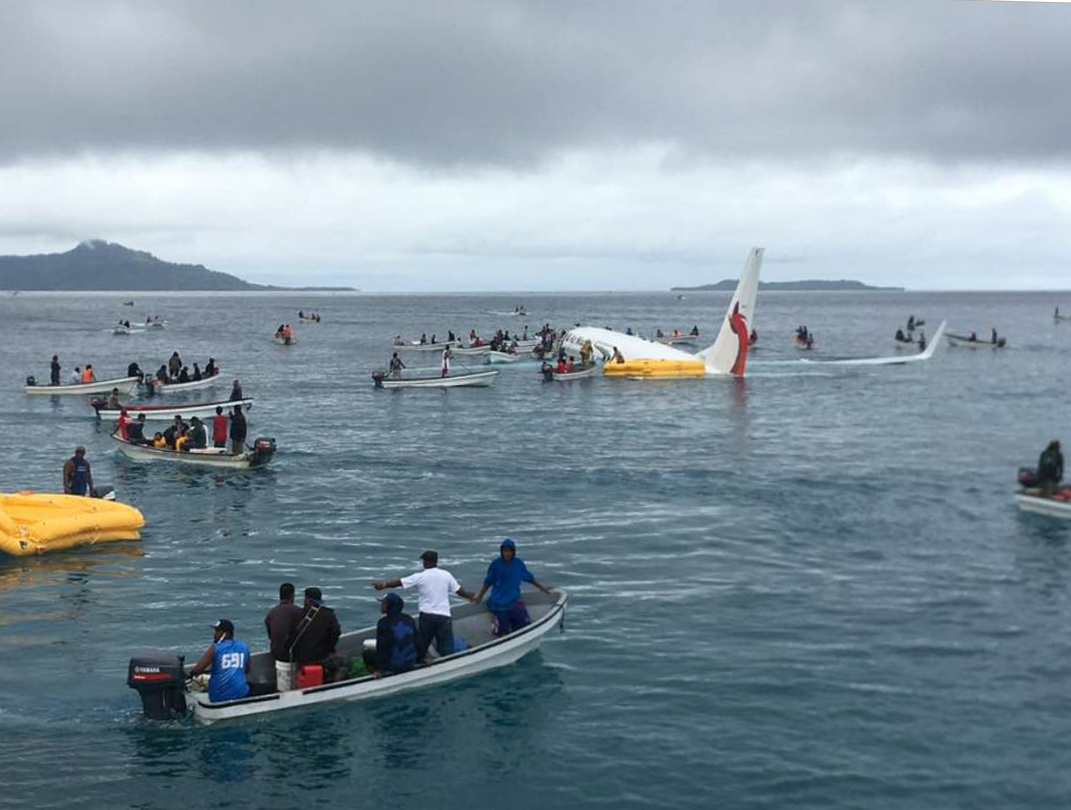Many things on the world’s longest flight have changed since it was last operated by Singapore Airlines in 2013 but there are some that remain the same.
The flight numbers remain SQ21 and SQ22 for the ultra long-haul Singapore-New York flights that will re-launch on October are the same as flights that started more than a decade ago in 2004.
Changi and Newark’s airports remain the endpoints of the new service and it is still flown by Airbus aircraft.
SEE our “Future of Flying” special section
And the distance of 15,700 or 16,600 kilometers (depending on direction and routing) between the two points is still harrowingly vast.
It means a journey of a little over 18 hours an average – and not 19 as currently often touted in promotional material and media.
But almost everything else has changed in the five-year period during which Singapore and New York were only linked by, at best, one-stop flights.
In 2013, the economics stopped working as rising fuel costs hit the fuel-guzzling four-engine A340-500s plying the route particularly hard.
It’s a very different case for the new twin-engine Airbus A350-900ULR, ordered by Singapore Airlines for the route.

These will re-start US non-stop services beyond the Singapore-San Francisco route already flown by regular A350-900s. First comes the re-launch of New York, followed by Los Angeles.
Impressions from a non-stop flight from Newark to Singapore the author took in 2004 provide an interesting context to compare the old and the new ULR flights between both cities.
Whereas the A340-500 burned eight tons per hour the A350-900ULR only consumes a mere 5.8 tons per hour.
The actual route — both then and now —is determined every day by the airline’s operations center in Singapore and based on current and forecast weather data.

Fourteen years ago, at the introduction of ultra-long-haul routes, the five SIA A340-500s boasted an exclusive, enhanced “Executive Economy” cabin, similar to today’s Premium Economy offered on all of SIA’s long-haul flights.
The A340-500 cabin originally offered two classes for a total of 181 passengers, while the aircraft had a capacity for up to 313 travelers. A maximum of 64 passengers could travel in Business Class, where the seats in a 1-2-1 configuration could be made into flat beds, slightly angled at the time.
In Executive Economy, up to 113 passengers could be seated with a generous pitch of 93cms. In the very back of the cabin was a stand-up bar for Economy customers offering snacks and water.
Later, as the operation became less and less viable, SIA converted the aircraft into a 100-seat all-Business configuration. Even that didn’t turn things around during further fuel price hikes.
Today’s A350-900ULR again offers two classes, the number of Business seats (67) has only slightly changed, while standards in Premium Economy have risen so much that just 94 seats are installed in a 2-4-2 configuration offering 38’’ (96.5 cm) of pitch.
With flight durations of over 18 hours, in-flight entertainment (IFE) becomes particularly important. And here SIA has made another quantum leap.
In 2004 the A340-500 had around 400 different audio and video programmes available. Today, the A350s offer 1,000 hours of content, which are topped up by another 200 extra hours for the ultra-long flights.


